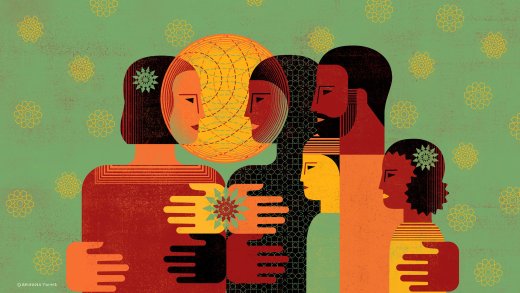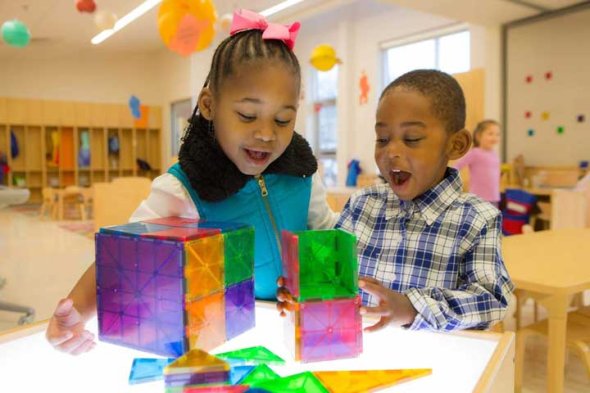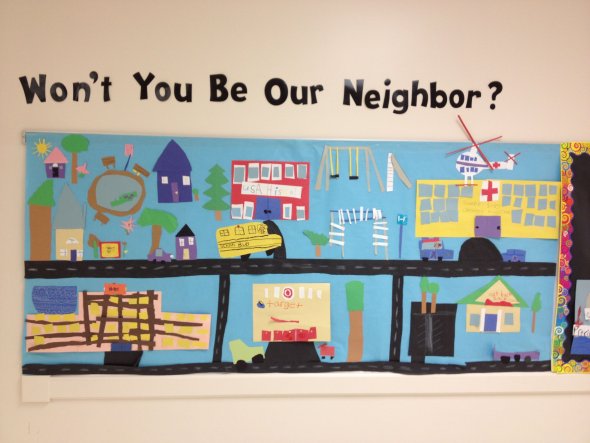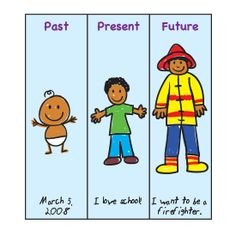Overview Link to this section

Kindergarten students in SFUSD engage in an average of 45 minutes (through both integrated and stand-alone units) of social studies instruction from 4-5 days a week. There will be 3-5 week stand alone units that alternate with Science units during the year. Social Studies instruction prioritizes building a strong foundation in community and the understanding that every community member (citizen) has a voice in the ways our communities function. We explore students' communities and neighborhoods as windows to the past and present while working together to intentionally build a classroom community rooted in the SFUSD Humanizing Values (knowledge of self, solidarity, and self-determination) and core concepts of Ethnic Studies.
Priority Standards Link to this section
What students will know, what students will do, and what thinking skills students will develop to apply and transfer History/Social Studies/Ethnic Studies understandings that endure within the discipline, leverage deeper understandings, and/or support readiness for success at the next grade level.
In kindergarten, students focus on these critical areas:

Learning and Working Together
Students create classroom agreements/norms in collaboration with their classmates and teacher to promote civic engagement. They are able to identify themselves within the various communities of which they are a part and develop an understanding of fairness and equity in recognizing the important roles that all community members play.

Who I Am in My Community
Students are exploring their identities within a larger community. They explore the physical structure of a neighborhood and its community. Students begin to develop a sense of location and familiarize themselves with the people in their community. They begin to develop an understanding of the interdependence of people in a community.

Time and Chronology: Reaching Out to Times Past
Students are developing an understanding of terms and events of the past, present, and future. Students begin to establish chronological reasoning skills through an understanding of the calendar year and why specific dates may hold importance to us personally, culturally, and as a community. Students begin to explore how people, ideas, and communities change over time. Students learn about events and people in the past and observe ways that the past affects their lives and communities today.
Instruction: Signature Elements Link to this section
Below are signature elements of SFUSD History/Social Studies instruction that students should experience regularly throughout kindergarten as they develop as historians & social scientists.
Community Responsive Teaching
Adapt lessons, units, etc to reflect and honor the experiences and community of your students. Making humanizing connections to personal/community/cultural experiences
Inquiry
Students engage in authentic cycles of inquiry: developing questions & planning inquiry, applying disciplinary tools & concepts, evaluating sources & using evidence, and communicating conclusions & taking informed action.
Historically Responsive Literacy
Create lessons that use various resources (visual, oral, and written) that represent a wide range of diverse people that contribute to our communities
Taking Informed Action
Students take action in their community based on the information they have gathered throughout their inquiry. (Check out the next two and a half minutes of the video for an explanation.)
Materials
Beyond the Unit Overview, there are no required materials.
Units
Units for Kindergarten History/Social Studies/Equity Studies are currently in development. See below for guidance and examples of how you might structure your own units. (Click here for the latest updates to the information below in an easy-to-read format: Overview and Examples for K Units)
Unit Design
Incorporation of the Four Dimensions of the Inquiry Arc Across the Three Bends of a Unit
| Developing Questions and Planning Inquiries | Applying Disciplinary Tools and Concepts | Evaluating Sources and Using Evidence | Communicating Conclusions and Taking Informed Action |
|---|---|---|---|
| A compelling question supported by Investigation questions | Investigate the ideas, tools, and concepts of
|
Gather evidence from reliable sources | Do something with the knowledge and skills acquired |
| Inquiry | Investigation | Informed Action | |
Units
Here are some practical examples. Each class may go on a slightly different path (culturally/community-relevant), but are still likely headed in the same general content-driven direction. Students engage with a compelling question. Students learn more through exploring media (books, videos, etc), interviews, field trips, etc..(historically responsive literacy). Students generate new questions based on what they learned, explore more (inquiry), and eventually and/or during the process create artifacts that represent their learning and/or contribute to their community in some fashion (informed action).
| Learning and Working Together | Inquiry | Possible Investigations | Possible Informed Actions |
|
|
Compelling Question: How can we make sure that our school (or classroom) is a fun, safe learning space for all of us as community members (citizens)? This should lead to investigative questions from the students. Here is a possible way to elicit those questions: |
|
|
|---|---|---|---|
| Who I am in my Community | Inquiry | Possible Investigations | Possible Informed Actions |
|
Compelling Question: How do we build a strong neighborhood community for ourselves and others? This should lead to investigative questions from the students. Here is a possible way to elicit those questions: |
|
|
|
| Time and Chronology: Reaching Out to Times Past | Inquiry | Possible Investigations | Possible Informed Actions |
| Keyword Slides |
Compelling Question: How can we learn from the past to build a better future for ourselves? This should lead to investigative questions from the students. Here is a possible way to elicit those questions: |
**The concepts of important dates, before and after, past, present and future can also be integrated into whole class calendar time and investigations throughout the year. |
|
Planning Guide
Many elements of kindergarten History/Social Studies can and should be integrated across the day and year. That being said, three periods of roughly five weeks are set aside each trimester for more intensive History/Social Studies learning. Through these units, Kindergarten students will learn that everyone is a member of a COMMUNITY. In order for a community to thrive, members (CITIZENS) need to work together and learn from the past.
| 1st Trimester | 2nd Trimester | 3rd Trimester |
|---|---|---|
| Learning and Working Together | Who I am in my Community | Time and Chronology: Reaching Out to Times Past |
| ~five weeks of four lessons per week | ~five weeks of four lessons per week | ~five weeks of four lessons per week |
Reflection Questions Link to this section
- How are students' developmental needs, communities, and experiences being reflected and honored, or how could they be?
- What opportunities do you see for developing equitable access & demand, inquiry, collaboration, and assessment for learning?
- What are the implications for your own practice? What strengths can you build upon? What will you do first?
Want More?
This page was last updated on October 21, 2022

